47 pages • 1 hour read
Mark TwainThe Adventures of Huckleberry Finn
Fiction | Novel | Middle Grade | Published in 1884A modern alternative to SparkNotes and CliffsNotes, SuperSummary offers high-quality Study Guides with detailed chapter summaries and analysis of major themes, characters, and more.
Symbols & Motifs
Illusion and Costumery
When in public, Huck spends less time as himself than he does under an assumed identity. By necessity, Jim must always stay hidden or assume a different identity for fear of capture, enslavement, or death. On the margins, morality must remain malleable and slippery, and so too must identity. Huck is never adept at this alteration of identity; early on Judith tells him he makes a terrible girl, and his attempts to be an English servant are laughed at by anyone with the slightest knowledge of English custom. Yet Huck understands the value of maintaining such illusions, even poor ones, at important junctures. When it comes time for him to tell the truth to Mary Ann, the young girl he’s allowed the duke and the king (through their own barely functional illusions) to nearly swindle her out of her inheritance, he understands that her lack of experience in cunning will get them all in trouble. He sends her away rather than bear a truth her expression is likely to reveal. In Miss Watson’s idea of heaven, it may be that everyone tells the truth and no one ever misrepresents themselves. In Huck’s world, however, a different reality—several different realities—holds true.
Related Titles
By Mark Twain

A Connecticut Yankee in King Arthur's Court
Mark Twain
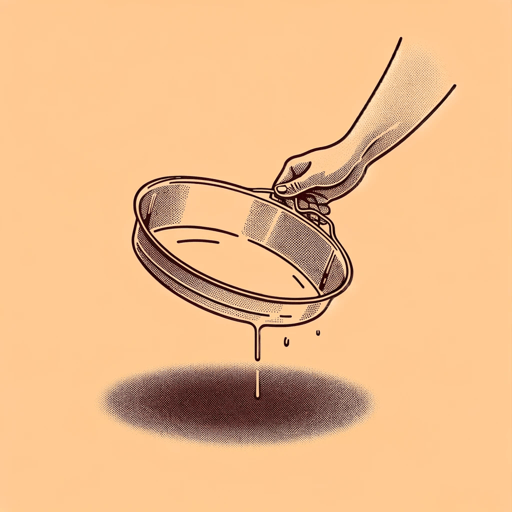
A True Story
Mark Twain

Letters from the Earth
Mark Twain

Life on the Mississippi
Mark Twain

Roughing It
Mark Twain
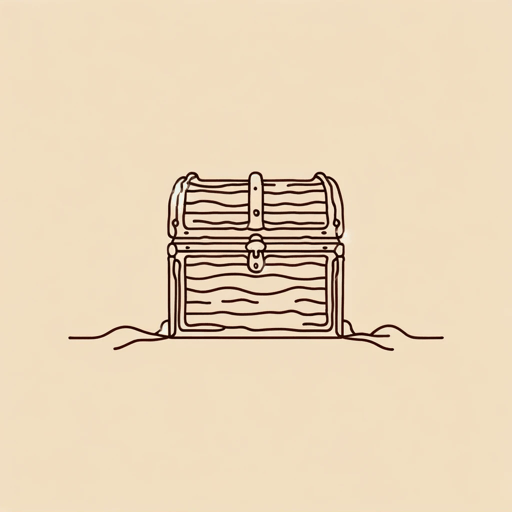
The Adventures of Tom Sawyer
Mark Twain

The Autobiography of Mark Twain
Mark Twain
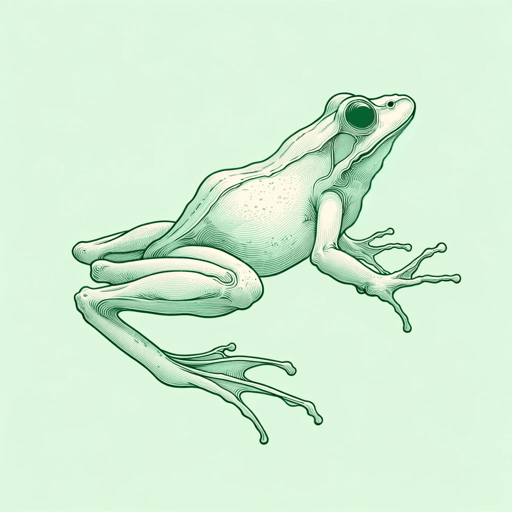
The Celebrated Jumping Frog of Calaveras County
Mark Twain

The Gilded Age: A Tale of Today
Mark Twain, Charles Dudley Warner

The Innocents Abroad
Mark Twain
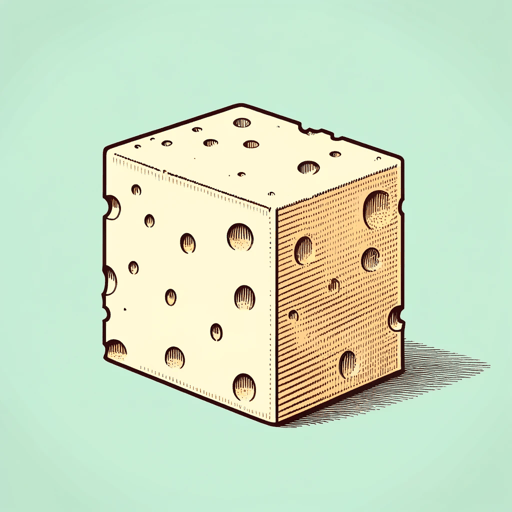
The Invalid's Story
Mark Twain

The Man That Corrupted Hadleyburg
Mark Twain
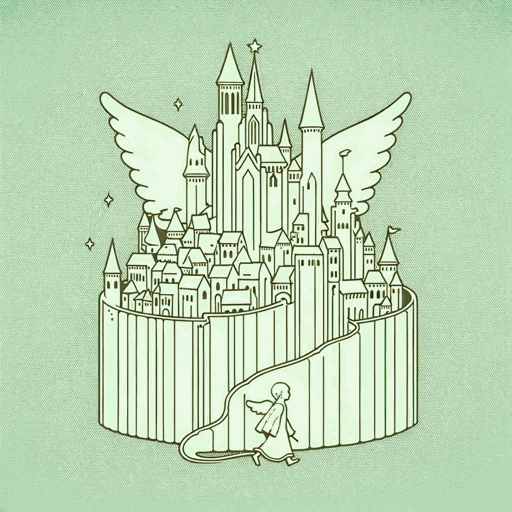
The Mysterious Stranger
Mark Twain
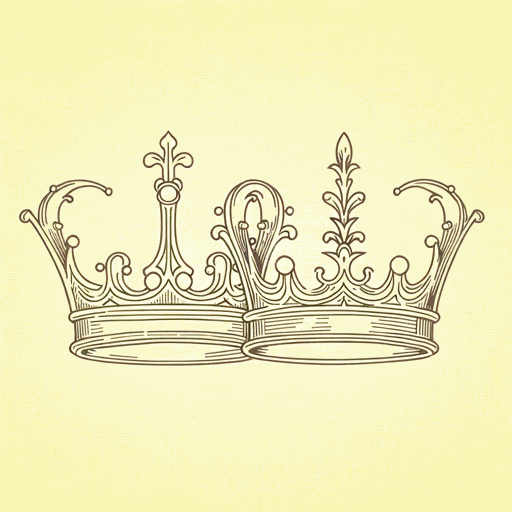
The Prince and the Pauper
Mark Twain

The Tragedy of Pudd'nhead Wilson
Mark Twain

The War Prayer
Mark Twain

